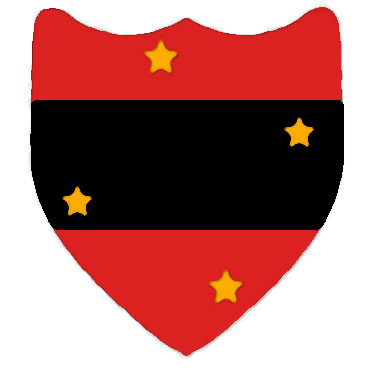Indian Army - Southern Command
It has been formed in the year 1895 and it was responsible for safeguarding the British territories from Malaya (Malaysia), japan invasions. they were actually not fully into the second world war.
Now this southern command is head quarted at pune.
Southern command was largely responsible for annexing the Hyderabad , Junagadh, and Goa into republic India. The 1st serious blooding came about in 1965 war with Pakistan.
Normally when you search the term southern command in the web, you ll see that it has 12 and 21 corps and yeah each one has minimum of 7290 troops. so we can say that approximately it has 44,000 strong strike force. The later is just the strike force, leaving the support forces.
Post WWII: (wikipedia)
In August 1947, Southern Command had the Deccan, Madras and Bombay Areas (with HQs at Kamptee, Madras and Bombay). In 1947–48, Southern Command was largely responsible in getting Junagadh and Hyderabad to sign the instrument of accession to India.[2] 1st Armoured Division did the actual incursion into Hyderabad. In 1961, the Indian annexation of Goa was conducted by 17th Infantry Division and 50th Parachute Brigade, under the operational control of Southern Command.
In 1965–66, two further divisions were raised within the command. After fighting broke out in the Rann of Kutch in April 1965, a hastily constituted force, named Kilo Force under Maj. Gen PO Dunn was formed to contain this attack.[2] Kilo Force was later re-designated as 11 Infantry Division. In September 1965, the operational responsibility for the Barmer sector was given to Southern Command and entrusted to 11 Infantry Division. Delhi and Rajasthan Area, with its Advance Headquarters at Jodhpur, fought in the Indo-Pakistani War of 1965 under Western Command. On 3 November 1966, this formation was redesignated 12th Infantry Division, under Major General J.F.R. Jacob, and also placed under Southern Command.
Today the command headquarters is located at Pune Cantonment in Pune, Maharashtra.[7] It consists of two corps and two military areas.[2] The two areas appear to be : one at Mumbai (formerly Bombay), the Maharashta Goa and Gujarat Area (MG&G Area), responsible for those states; and one at Chennai, the Andhra, Tamil Nadu, Karnataka and Kerala Area (ATNK&K Area) responsible for Andhra Pradesh, Tamil Nadu, Karnataka and Kerala.[8]
The Southern Command encompasses nine states and four union territories which covers about 40% of India.[2] In 2005, some changes to the command's boundaries were made when a new South Western Command was established
this southern command commands
- 333 missile group
- 50 independent parachute brigade
- 41 artillery div
- 4 armored div
- 340 mech brigade
- artillery brigade
- 11 Infantry Brigade
- 12 Infantry Brigade
XXI corps
- Artillery Brigade
- Air defence Brigade
- Eng Brigade
- Heli squadron
- 31 Armored div
- 36 RAPID
- 115 Infantry Brigade
- 72 Infantry Brigade
- 41 Infantry Brigade
- 41 Infantry Brigade
- 47 Infantry Brigade
- 76 Infantry Brigade
- 91 Infantry Brigade
Let us consider each brigade has 2500 troops , and each div has 7500 troops.
Then the total strength of the southern command would be?
60,000 + Heli squadron + missile group + 36 RAPID + Medical corps

Join indian army
ReplyDelete